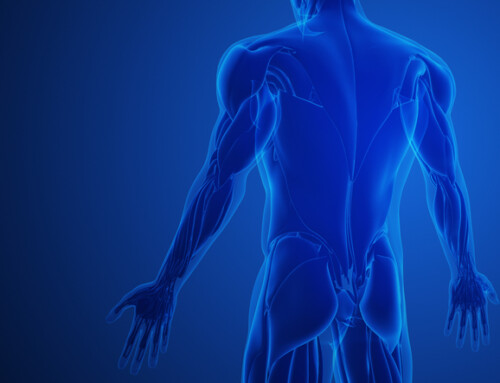by Piper Webb, SPT
What is Piriformis Syndrome?
Piriformis syndrome is the compression of the sciatic nerve by the piriformis muscle. The piriformis muscle runs perpendicular across the buttocks region. It originates on the anterior portion of the S2-S4 vertebrae, superior margin of the greater sciatic foramen, and sacrotuberous ligament. It then inserts on the greater trochanter of the hip bone.
The sciatic nerve runs under the piriformis muscle and can become entrapped in piriformis syndrome, causing pain, numbness, and tingling sensations in the buttocks and down the back of the leg, often mimicking symptoms of sciatica.
Piriformis Syndrome Symptoms
- Chronic pain in buttock and hip area
- Pain when getting out of bed
- Inability to sit for a long time
- Pain in the buttock with hip movements
What Causes Piriformis Syndrome?
- Prolonged sitting
- Trauma to buttocks region
- Muscle hypertrophy
Physical Therapy for Piriformis Syndrome
- Stretching of the piriformis syndrome
- Hip and low back range of motion exercises
- Soft-tissue massage
Physical Therapy for Piriformis Syndrome in Saratoga & Queensbury
If you are experiencing piriformis syndrome pain, numbness or tingling in the hip or buttocks area, Capital Area Physical Therapy can help. Our physical therapists use hands-on technicques to alleviate symptoms, and can teach you how to stretch the piriformis muscle and perform range of motion exercises for the hips and lower back. To schedule an appointment with our physical therapists in Malta, Queensbury, Saratoga Springs and Delmar, call (518) 289-5242.
References
Hicks BL, Lam JC, Varacallo M. Piriformis Syndrome. [Updated 2023 Aug 4]. In: StatPearls [Internet]. Treasure Island (FL): StatPearls Publishing; 2024 Jan-. Available from: https://www.ncbi.nlm.nih.gov/books/NBK448172/ Lo JK, Robinson LR. Piriformis syndrome. Handb Clin Neurol. 2024;201:203-226. doi:10.1016/B978-0-323-90108-6.00002-8






